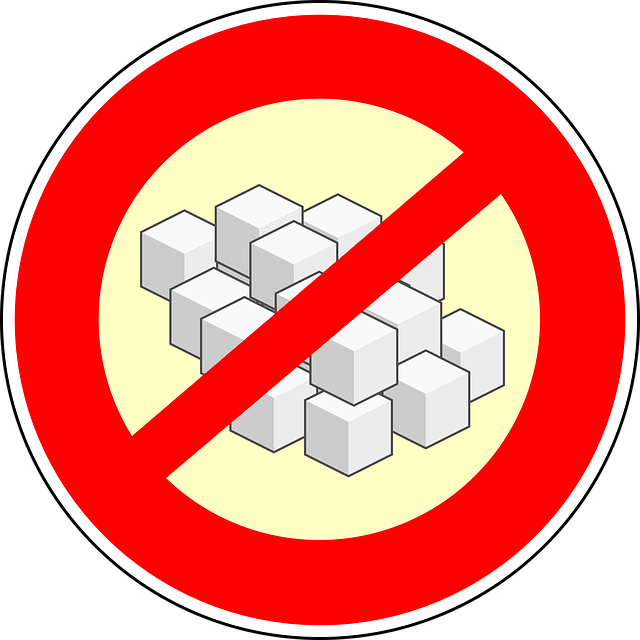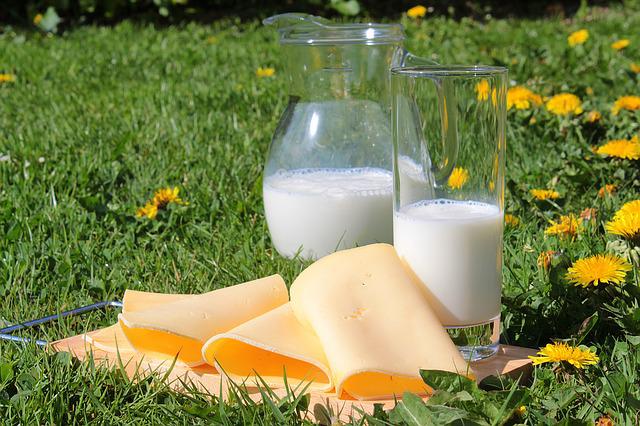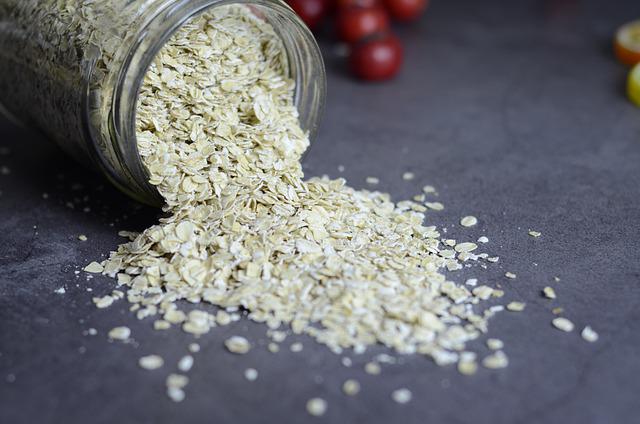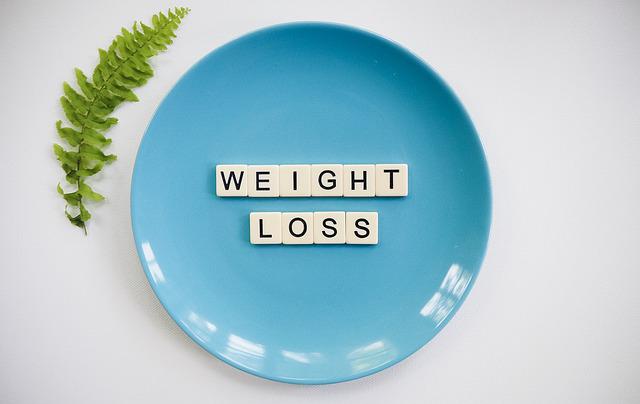The Flexitarian Diet. In today’s world of vastly overprocessed, cheap, quick foods, wholesome foods have taken a backseat. We have strayed from our natural roots, and as a consequence, our health is on the decline. However, for those who choose to eat an abundance of fresh, healthy foods, longevity is a natural by product. While you might not live to 100 by eating these foods, you can certainly cut your risk of developing many diseases and, therefore, live a healthier life. This is very beneficial for older adults
What is the Flexitarian Diet
The Flexitarian Diet was created by dietitian Dawn Jackson Blatner to help people reap the benefits of vegetarian eating. But while still enjoying animal products in moderation. So then, that’s why the name of this diet is a combination of the words “flexible” and “vegetarian.”
Vegetarians eliminate meat and sometimes other animal foods. And vegans avoid meat, fish, eggs, dairy, and all other animal-derived food products. Because flexitarians eat animal products, they’re not considered vegetarians or vegans. In addition, the Flexitarian Diet has no clear-cut rules or recommended numbers of calories and macronutrients. In fact, it’s more of a lifestyle than a diet.
Based on the following principles

- Eat mostly fruits, vegetables, legumes, and whole grains.
- Focus on protein from plants instead of animals.
- Be flexible and incorporate meat and animal products from time to time.
- Eat the least processed, most natural forms of foods.
- Limit added sugar and sweets.
As a result of its flexible nature and focus on what to include rather than what to restrict. Thus the Flexitarian Diet is a popular choice for people looking to eat healthier. Also it is beneficial for older adults who need a healthy diet to support the ageing process. So then, in her book, Jackson Blatner spells out how to start eating flexitarian. Also, by incorporating certain amounts of meat per week.
However, following her specific recommendations is not required to start eating in a flexitarian way. Some people following the diet may eat more animal products than others. But, overall, the goal is to eat more nutritious plant foods and less meat.
What can you eat on the flexitarian diet?
The flexitarian diet allows dairy, thanks to its bone-strengthening combo of calcium and vitamin D. You can include milk, cheese, yogurt, kefir, or dairy-alternatives on this plan. Oils, Herbs, and Spices. Get creative in the kitchen through the use of different oils, flavorful herbs, and aromatic spices.
Guidelines for a Flexitarian Diet
These guidelines, set out by Blatner, are what separates the flexitarian diet from other meat-inclusive eating plans, such as an omnivore diet. While a flexitarian prioritizes vegetables, omnivores eat as much meat as they please and have no intention of making the majority of their meals veggie-forward. It’s also worth noting that you can follow Blatner’s regimen at your own pace by slowly adding in meat-free meals, or even full days, as in the case of Meatless Monday or Tofu Tuesday.
If thinking about ounces of meat per week confuses you, use the following guidelines instead.
- Beginner 6–8 meatless meals of 21 total meals each week
- Advanced 9–14 meatless meals of 21 total meals each week
- Expert 15+ meatless meals of 21 total meals each week
What Do Flexitarians Eat For Breakfast
Technically, people on a flexitarian diet can eat anything they want for breakfast. That said, the goal of this eating philosophy is to add as many plant-based foods to your plate as possible. Some breakfast ideas that work include toast with egg or avocado or both, a fresh smoothie with fruits and veggies, and oatmeal.
Potential Weight Loss Effect of a Flexitarian Diet
If you’re trying to lose weight, a seemingly infinite number of eating plans and diets promise that result, and the flexitarian diet is considered one of the most credible. For one thing, if you use it as an opportunity to eat lots of fruits, veggies, and whole grains, you’ll likely feel full on fewer calories than you’re accustomed to, which makes shedding pounds almost inevitable. Indeed, plant-based eaters tend to have a lower body mass index (BMI), a measure of total body weight, than meat eaters, according to one study.
Who Should (and Shouldn’t) Consider a Flexitarian Diet?
If you are overweight, at increased cardiovascular risk (including those with high blood pressure, high cholesterol, type 2 diabetes. And or people with a family history of metabolic health issues) or have ethical concerns about eating meat. Consequently, you may benefit from adopting a flexitarian lifestyle. However, you should discuss this diet with your doctor or dietitian if you have:
- Iron deficiency or any other type of anemia
- Dietary allergies or intolerances that limit your intake of non-meat foods
- A history of eating disorders or drastically restricting your diet.
This way of eating may not suit everyone, it is a suggested way of healthy eating, you may also consider other methods such as intermittent fasting.
In conclusion
The flexitarian diet is an eating style similar to vegetarianism. However, it allows a person to occasionally eat animal products, such as meat. So then, the diet emphasizes an intake of fruits, vegetables, nuts, and whole grains. Also, while limiting the amount of meat products a person consumes.
Research generally suggests that the flexitarian diet may have health and environmental benefits. But that people should ensure they maintain a healthful and balanced diet and avoid any nutritional deficiencies. However, should, a person choose to try the flexitarian diet, it may be advisable to ease into it and make small changes. Also, they should speak with a dietician/doctor and discuss any concerns they may have.
Important Note *
Remember that everyone is different, and it is ultimately YOUR RESPONSIBILITY to find what your body responds to. So please do your due diligence before trying anything new, including getting Medical Advice to ensure your safety and peace of mind.
Connect with me and leave a comment or two on my social media.







4 replies on “The Flexitarian Diet”
I like this. Kind of what I do but I never had a name on it. Now I do! Thank you!
Hi Deborah, I am happy you enjoyed the post, I am always looking for items to help everyone stay healthy, thanks for taking the time to comment, all the very best Ian
Thank you Ian. I have been following your guidelines for some time but didn’t allow myself any red meat. Now I feel I should occasionally with this Flexitarian method. Good news for me!
Hi Vivienne, I am happy I could help, I always try to find healthy options for the posts I send out, thank you for taking the time to comment, all the very best, Ian